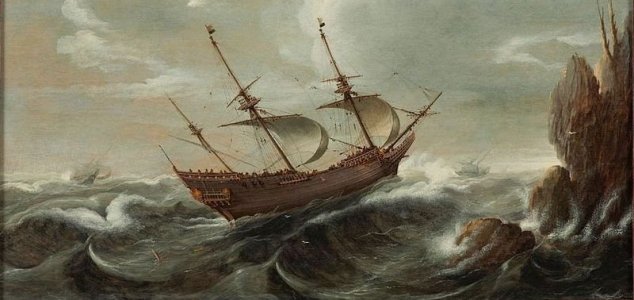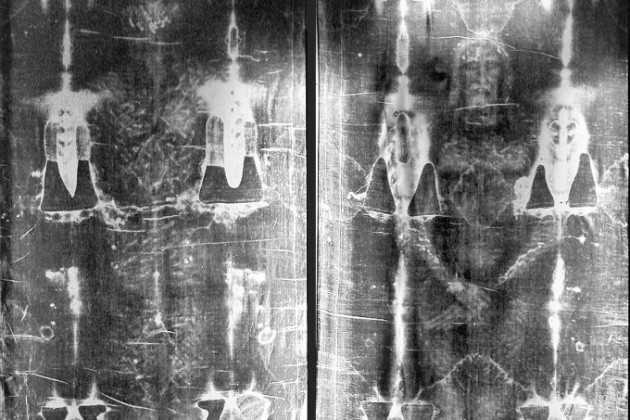
The ship is thought to have gone down in stormy seas.
The cargo vessel was discovered by a team who had been attempting to track down the remains of ships belonging to notorious privateer Captain Henry Morgan.
What they found instead was a Spanish merchant ship called cwhich sunk in the shallows at the mouth of the Chagres River during stormy weather over 300 years ago while carrying valuables from the New World back to Europe.
Despite being easy to access in only 40ft of water the wreck had managed to remain almost completely untouched by looters and much of its original cargo could still be found onboard.
There are several theories about the origin of the name “Panama”. Some believe that the country was named after a commonly found species of trees. Others believe that the first settlers arrived in Panama in August, when butterflies abound, and that the name means “many butterflies” in an indigenous language.
The best-known version is that a fishing village and its nearby beach bore the name “Panamá”, which meant “an abundance of fish”. Captain Antonio Tello de Guzmán, while exploring the Pacific side in 1515, stopped in the small indigenous fishing town. This was communicated to the Crown and in 1517 Don Gaspar De Espinosa, a Spanish lieutenant, decided to settle a post there. In 1519, Pedrarias Dávila decided to establish the Empire’s Pacific city in this site. The new settlement replaced Santa María La Antigua del Darién, which had lost its function within the Crown’s global plan after the beginning of the Spanish exploitation of the riches in the Pacific.
An initial examination revealed that the ship’s hull had been coated in a material called granel which was used by shipbuilders as a type of permanent ballast to help keep it steady in the water.
The researchers are hoping that the vessel will help them to better understand 17th century shipbuilding techniques as well as the trading and maritime practices of the era.
“These ships were the backbone of the Spanish colonies,” said archaeologist Fritz Hanselmann.
Originally posted 2015-09-06 13:55:29. Republished by Blog Post Promoter













